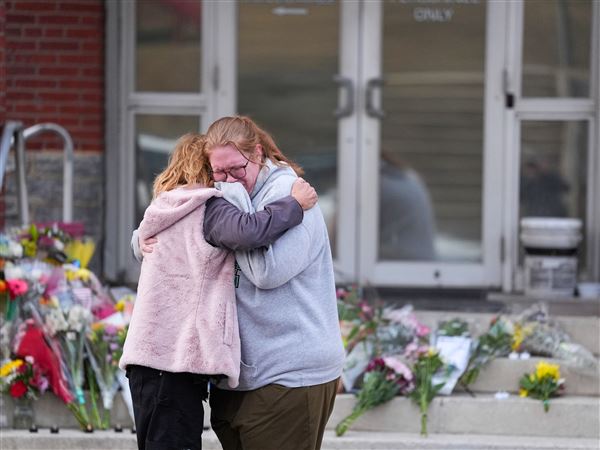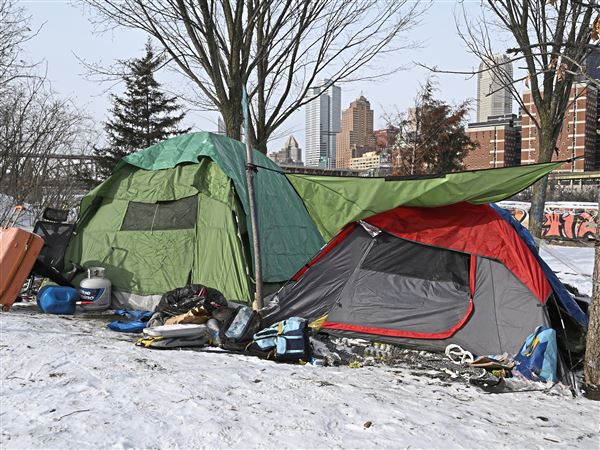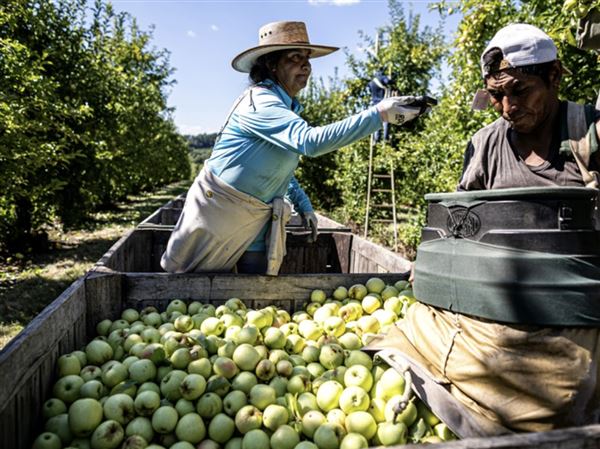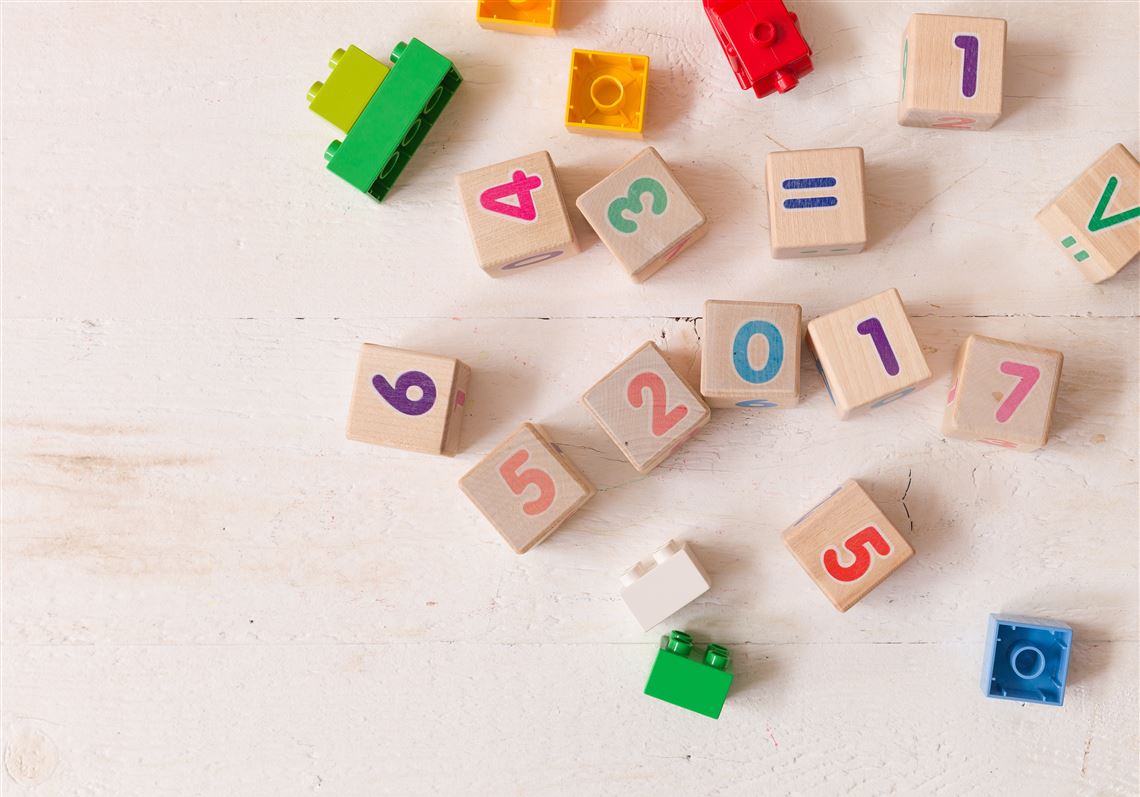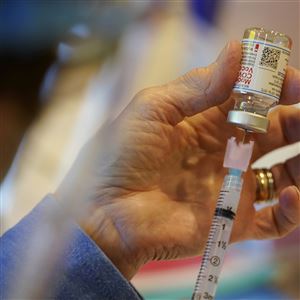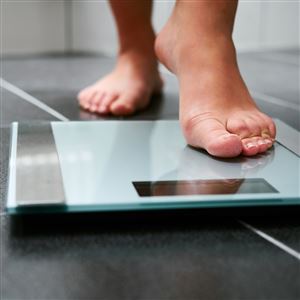One in 10 Pennsylvania children lives in high-poverty areas, according to data released this week from the Annie E. Casey Foundation’s annual Kids Count report. Overall, the state is in the middle of the pack for the well-being of its children compared to other states, ranking 19th out of 50.
The report uses data from 2019 — providing a snapshot of where Pennsylvania stood prior to the COVID-19 pandemic dramatically affected children both economically and educationally.
“It is clear across some key indicators that Pennsylvania was moving in the wrong direction heading into the pandemic,” said Kari King, president and CEO of Pennsylvania Partnerships for Children. “Too many children were without health insurance and in poverty.”
The report ranks Pennsylvania:
- 17th in health, based on factors such as percentage of children who lack health insurance, children and teen death rates, percentage of low birthweight babies, and teen obesity.
- 20th in economic well-being, considering data on child poverty, family employment, housing costs, and teenagers who are neither in school or in the job market.
- 8th in education, based on whether young children are attending preschool, reading and math proficiency, and whether high school students are graduating on time. Pennsylvania improved to fourth place nationwide on reading proficiency for fourth graders and sixth place for eighth grade math proficiency. Still, 60% of fourth graders were not proficient in reading, and 61% of eighth graders were not proficient in math.
- 26th in family and community, which looks at percentage of children in high-poverty areas, percentage in single-parent households, education levels among heads of households and teen birth rates. Pennsylvania has dramatically improved on the metric teen births per 1,000 since the study’s baseline year of 2010. In that year, 27 teenagers gave birth per every 1,000 females aged 15 to 19 in the state, compared to 13 teen births per 1000 in the most recent data. Nationally, that figure improved, too, from 34 teen births per 1,000 in 2010 to 17 per 1000 in 2019.
Nationally, New England states topped the rankings, with Massachusetts coming in first for overall child well-being, followed by New Hampshire.
The three lowest-ranked states were Louisiana at 48th, Mississippi at 49th and New Mexico at 50th.
Pennsylvania fared worst relative to other states in its family and community indicators.
In Pennsylvania, 35% of children are in single-parent families — one percentage point higher than the previous year. The 10% of Pennsylvania children who live in poverty is an improvement from 11% the previous year but still slightly worse than the national average of 9%.
Next year’s report should start to show the effects of the pandemic, said Ms. King of Pennsylvania Partnerships for Children, which receives funding from the Annie E. Casey Foundation.
“The 2020 data will be very telling as it will reflect economic hardships faced by families, and whether they enrolled their children in publicly funded health care coverage like Medicaid or the Children’s Health Insurance Program under the crush of the public health crisis.”
First Published: June 23, 2021, 10:00 a.m.
Updated: June 23, 2021, 11:18 a.m.

